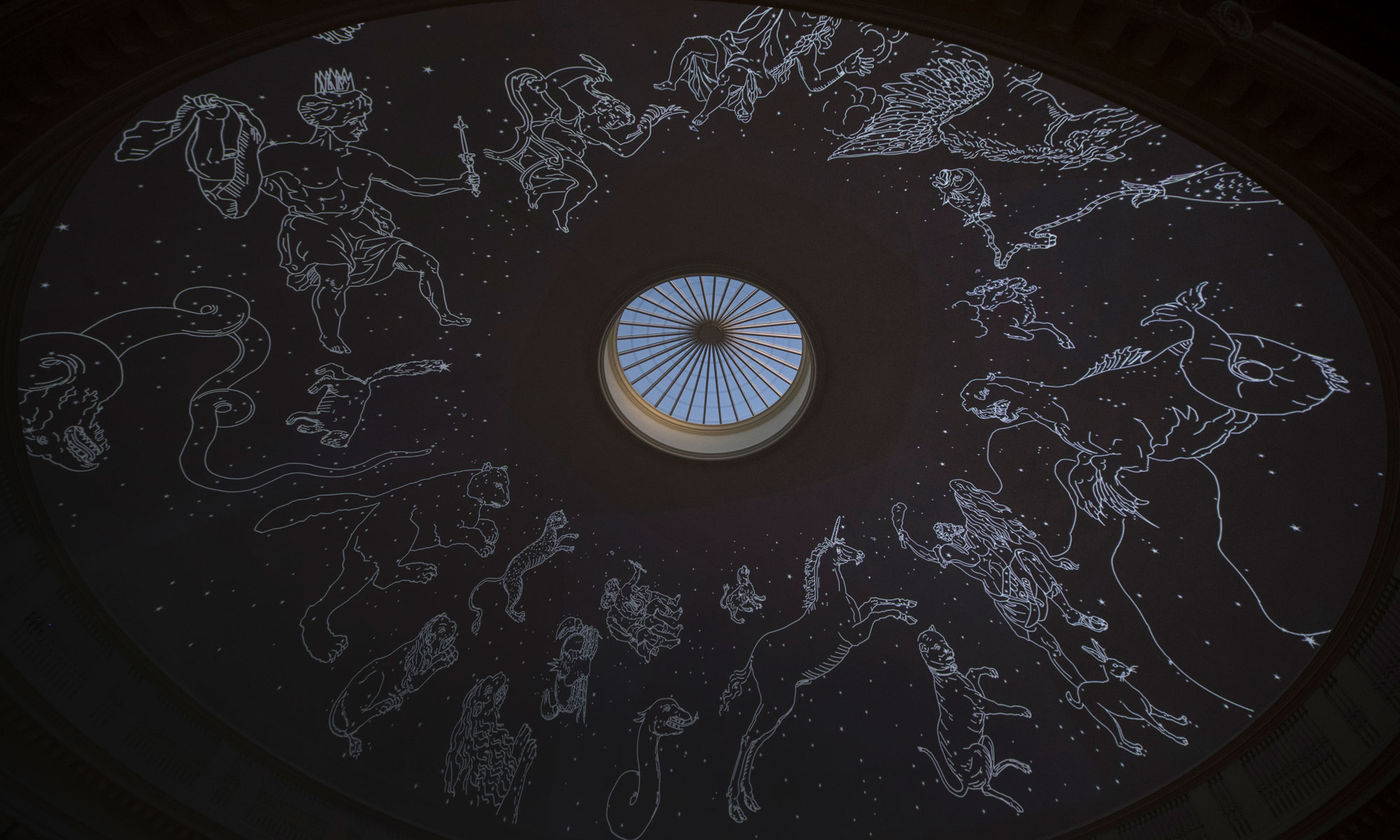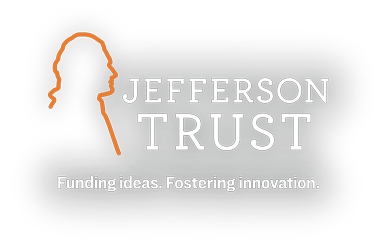
The media business has changed dramatically in the past few years. New brands are gaining customers, there have been countless mergers and acquisitions, and now many traditional media companies have a “+” at the end of their name, delivering even more content on-demand. It’s a substantial change in the way we consume media, how we access content, and how our thoughts and habits are shaped.
In this new world, there is tremendous opportunity for UVA students and alumni to impact the future. Many Trustees are at the forefront of this change. What does this look like from their perspective, what does the future hold, what does it mean for students entering the industry, and how can the Trust’s entrepreneurial spirit play a role?
“I was the only lawyer [at Netflix] in 2002. Now we’re over 700 and growing,” says David Hyman (Col ’88, Law ’93) who serves as the streaming giant’s General Counsel. “The work has changed in innumerable ways. When I started we were a domestic-only distributor of physical DVDs; now we’re a global media company, producing content across all verticals of TV and film.”
“Netflix was the beginning, and in the last two years, we’ve seen an explosion of services looking to compete,” says Paul Pastor (Col ’97). Paul is the Chief Business Officer and Co-Founder at Firstlight Media and Co-Founder and Chief Business Officer of the brand-new streaming service, Struum. He has held positions at the Discovery Channel, Disney, Technicolor and Universal Music Group to name a few.
“Streaming is transforming the way people consume content; however, it presents new challenges for consumers: most importantly, how should they navigate an a-la-carte content world. With now hundreds of services available in the U.S. alone, consumers struggle to figure out what to watch and where to watch it, and then need to balance this against what they can afford and the hassle factor of managing multiple subscriptions.” Paul is quick to note that data is playing an increasing role in almost every facet of the industry: data is leveraged to market in order to manage the consumer life cycle and to provide watch recommendations to consumers, and that’s just scratching the surface. Paul says, “I’m pleased to see UVA’s investment in data science. There are tremendous opportunities for UVA graduates to shape the consumer experience and the industry as a whole.”
Brian Stengel (Col ’89) is the founder and CEO of Trebuchet Partners, a merchant bank that advises and invests in disruptive growth companies and also led the fundraising efforts for Struum; he appreciates the recent industry evolution.
“Historically, media companies wielded control regarding what we watched and when we watched it. It’s amusing to think we once tuned in weekly for specific shows and that the networks would let us know when. Direct-to-Consumer (DTC) is the new normal and content is now available On Demand, how, when and where we want to watch it. It’s a seismic shift of power: the consumer now has choice, flexibility and control where once the broadcaster or programmer ruled.”
This shift has implications for many other things, including philanthropy, and Brian sees similarities with the Trust’s unique donor-led model. “Private Venture Capital will support innovative ideas in the same way the Jefferson Trust supports great unfunded project. Many institutions align donors with certain priorities,” he says. “The Trust is an unrestricted endowment, and the donors use this same choice, flexibility and control to determine how much to give and how the funds are allocated.”
Whether advancing UVA through philanthropy or finding new ways to watch the ’Hoos, change is evident.
Anthony DiClemente (Com ’98) serves as the Executive Vice President of Investor Relations with ViacomCBS, and he rang the opening bell at the Nasdaq when Viacom and CBS recombined in December 2019. Having spent most of his career as an internet and media equity research analyst, Anthony has held positions at Evercore, Nomura and Barclays.
“As one of the industry’s largest creators of film and TV content, we fundamentally believe that producing compelling content is of paramount importance in today’s fragmented media landscape,” Anthony says. “Streaming allows content creators the opportunity to access an enormous and growing global market by way of distribution on multiple platforms, not just linear TV. More importantly, streaming technology has enabled content companies to increasingly forge a direct relationship with their fans and subscribers by way of their owned streaming platforms.”
Anthony is excited for the launch of ViacomCBS streaming service Paramount+ in March, and he hopes to find himself streaming the Hoos on the service for March Madness on CBS.
A newcomer to the business who has seen it shape as he’s learning is George Brown (Col ’19). George serves as Senior Partnership Coordinator at Teton Gravity Research, which produces action sports films and content, including everything from extreme skiing expeditions to death-defying mountain biking adventures. The company also serves as a platform for outdoor enthusiasts to share and curate content.
“For the media business, this pandemic has taught us that content is king,” he says.
“The media companies that are able to consistently create engaging content, while providing their viewers with easy and accessible options for streaming that content, will succeed in this COVID world and beyond.”








